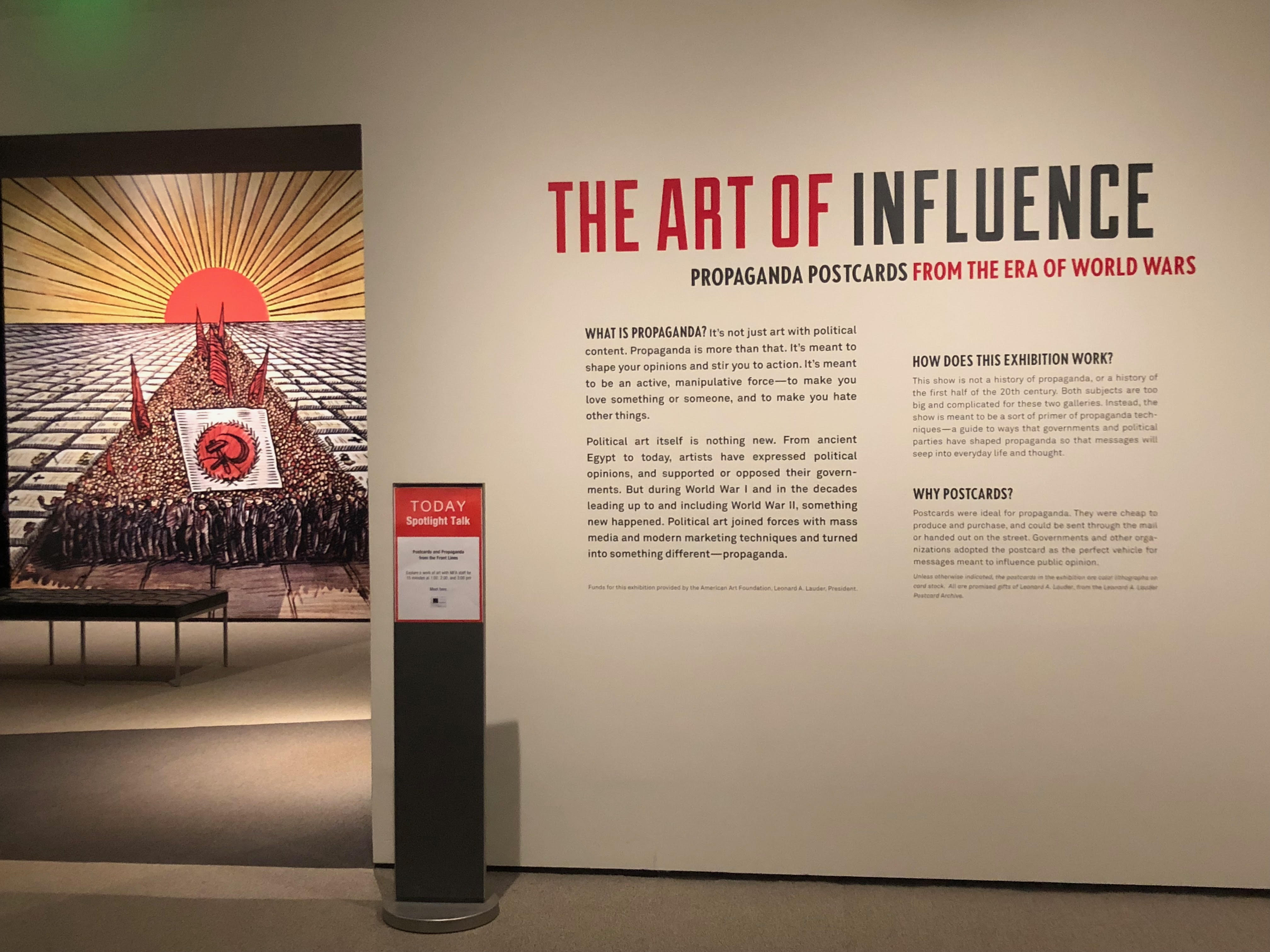At a recent exhibit about propaganda at the Museum of Fine Arts Boston, a plaque nearby World War I and II posters read: “For propaganda to work, it needs simple stories: good vs. bad; forward vs. backward; us vs. them.” This sounded far too familiar. It recalled the firehose of scary headlines and polarizing comments that make up my social media feed these days. I’m among those who’ve deleted Facebook from my phone…with great relief, not just because my feed is negative but because there is so much of it.
An analysis of news data by BrainTrust Insights shows that in 2007, there were roughly 11.2 million news stories. In 2017, there were 104.7 million. That’s a 106 percent increase in 10 years. It’s not surprising then that a recent Reuters study found that 38 percent of U.S. respondents avoid the news, and of those, 48 percent do so because it has a negative impact on their moods.
The hard PR truth is that fear gets more clicks than puppies and babies. It’s the most powerful emotional driver, according to Maslow’s Hierarchy of Needs. And it’s not just evil dictators who use fear the wrong way—even those who want to save the earth often get it wrong. One study about the impact of climate change messaging from the Association for Psychological Science found that when messages are too dire, people shut down as a form of self-protection. It said, “Individuals overcome this threat by denying or discounting the existence of global warming…”
PR is supposed to open us up to new ideas, people and things. The Public Relations Society of America’s definition is this: “PR is a strategic communication process that builds mutually beneficial relationships between organizations and their publics.” Mutually-beneficial. Fear only benefits the wielding party.
So, as citizens of humanity, we set out to discover mutually beneficial pathways that lead to connections—between our clients and their audiences, our teams and their clients and even among ourselves. We called it Project Curiosity and began by delving into the places and experiences—museums, music, radio stations, bookstores, community organizations and more—that open people up to other points of view.
The good news is that fear is not the only way to get people’s attention. Here’s what else works, and where we’ll be focusing our PR attention heading into 2019:
- Seek common ground through common goals. Start conversations instead of asserting positions. Does your content need to ask more questions or are you preaching to your audiences?
- Listen first. Talk Second. We’re talking full body listening that includes eye contact, no devices, and a desire to understand.
- Make it about them, not you. People connect with other people and ideas that serve as flattering mirrors. Show them how you understand through empathy.
- Offer hope. Don’t wield fear. Stand for what’s good, the solution, instead of what’s wrong.
- Try art, music, experience to convey unconventional ideas. These universal languages bring people together in a non-threatening way.
- Come together in crises. Moments of crisis can bring people together and provide common ground for understanding if they we away from blame and vilification.
- Convene differing points of view. Invite the opposing point of view into the discussion (unless it’s an Internet troll). Solutions are impossible without a willingness to talk.
- Bring back person-to-person interactions. Person-to-person experiences are the stuff of relationships. Create real-world events, put out a bin for cell phones (hey, it’s the thing at weddings and even the Prince Museum, so why not give it a try?).
- Join your community. Don’t take it over. Become a member of the towns and cities in which you have offices, the markets in which you operate, and the office in which you spend your days.
- Teach, don’t preach. Help people come to their own conclusions, not the one you think they should.
Talking heads in the media, online and social media have created ready-made venues for monstrous egos seeking like-minded validation. Even the less narcissistic among us are disturbed enough to post alarming news and have our opinions heard. But if we begin our communications with the basic goal of connecting, we find ourselves working to inform, entertain, educate and help. When we do that, maybe then we can begin talking—together—about the things that drive us apart. In that space, there is hope.
Read more from our Project Curiosity series that examined what science says about storytelling, how creative cultural thinkers open up to different viewpoints, and how art can create new pathways for empathy.
*A version of this piece appeared in Forbes.


